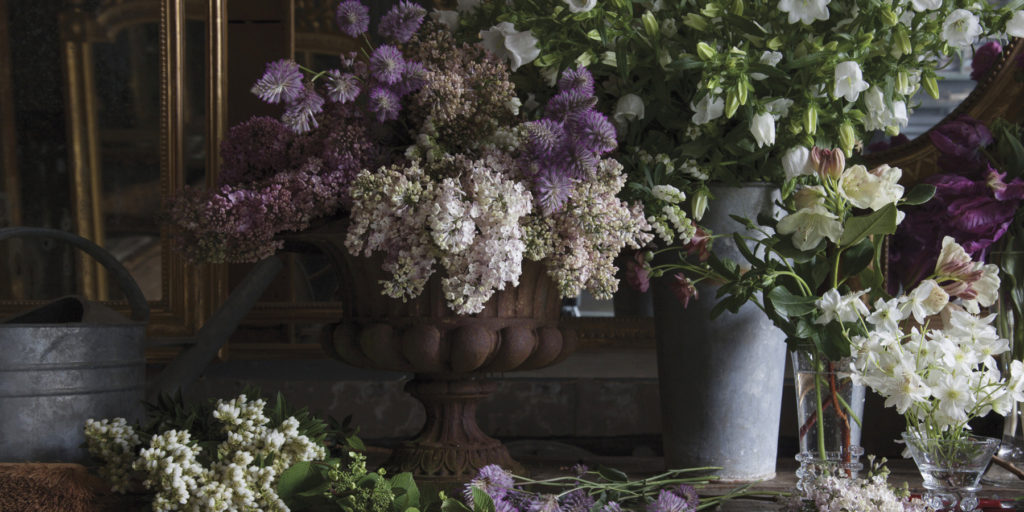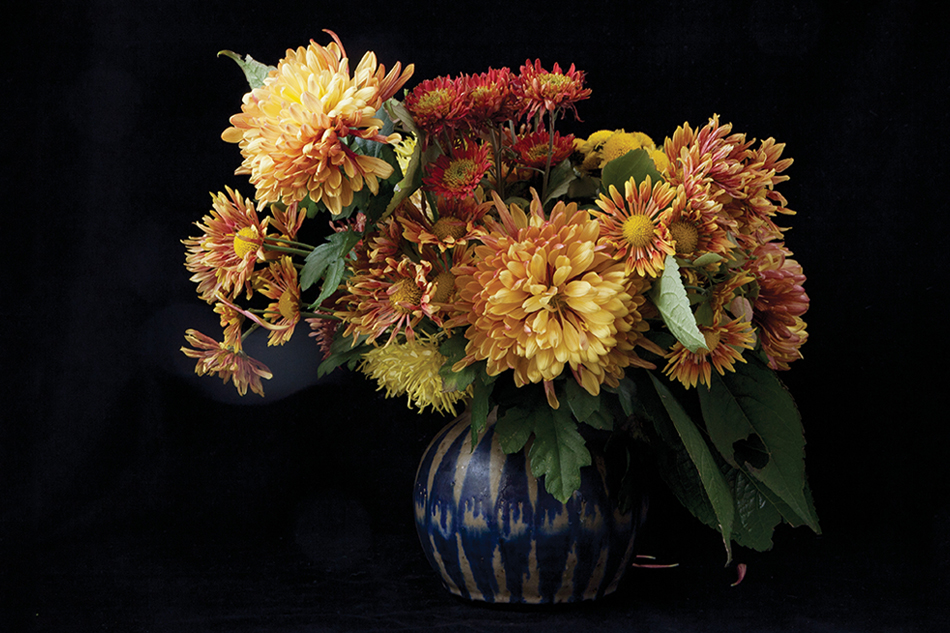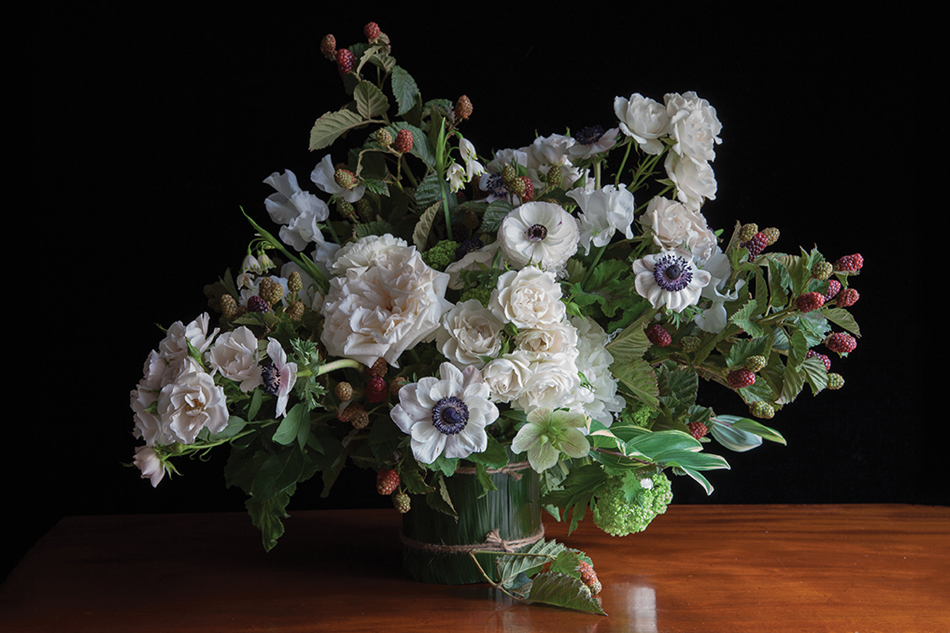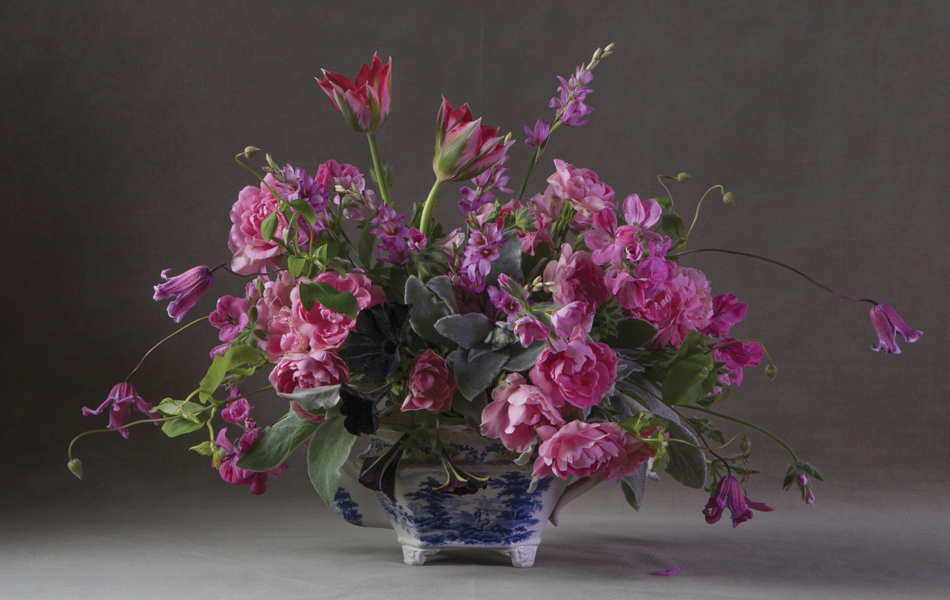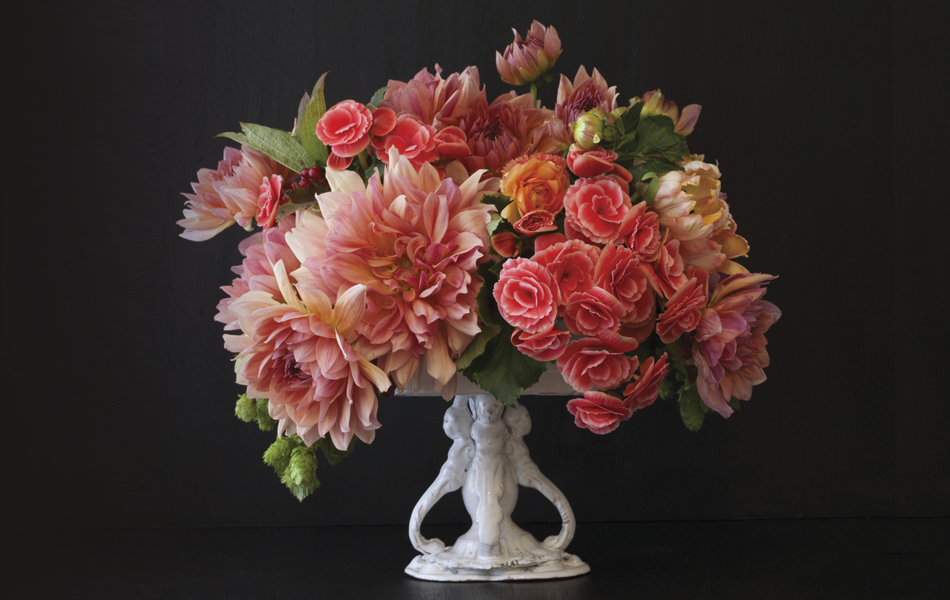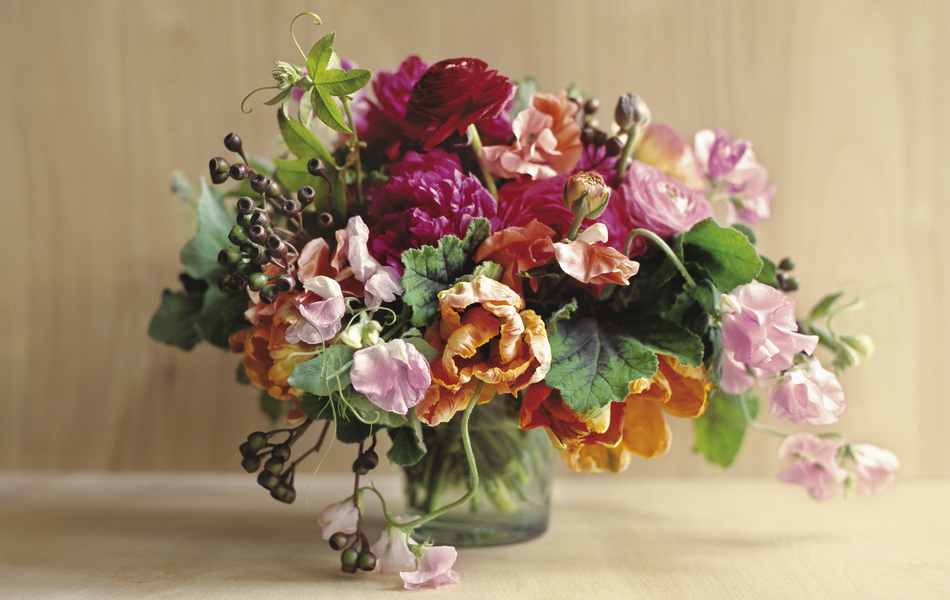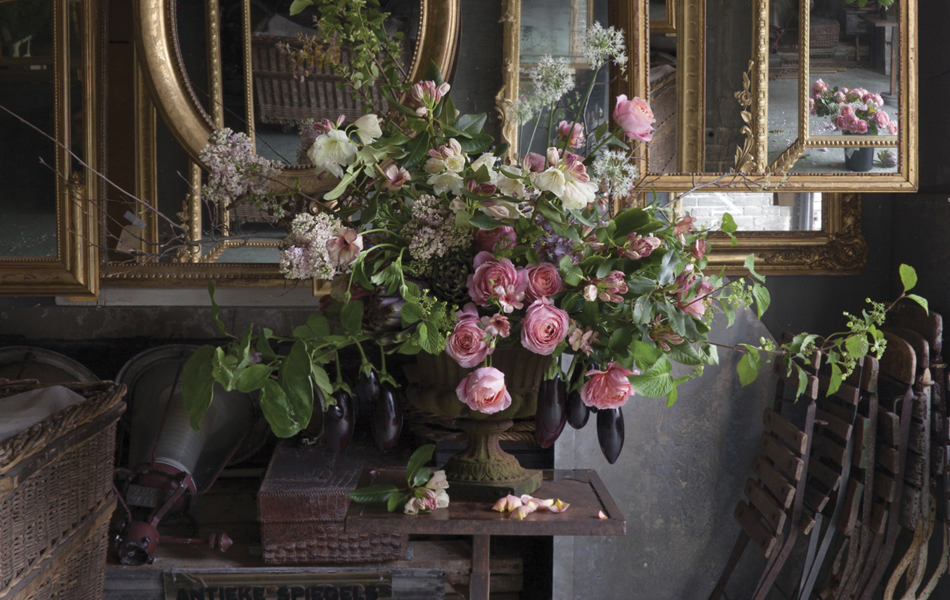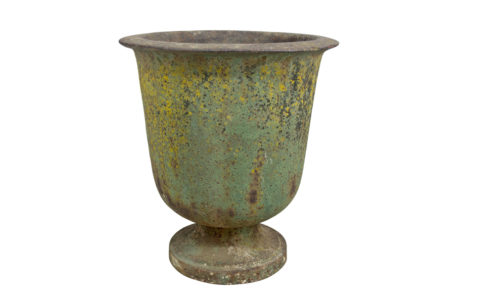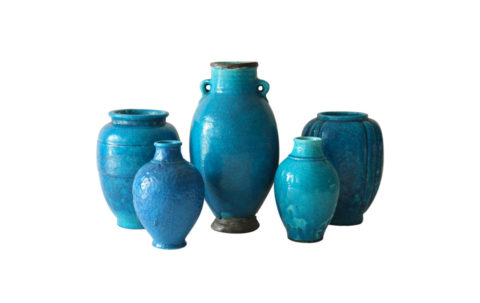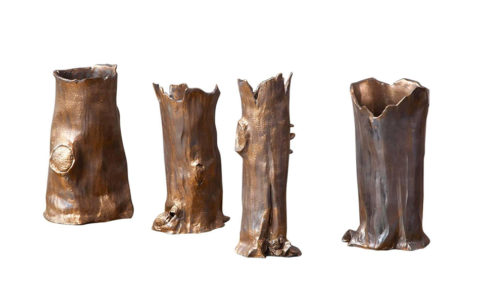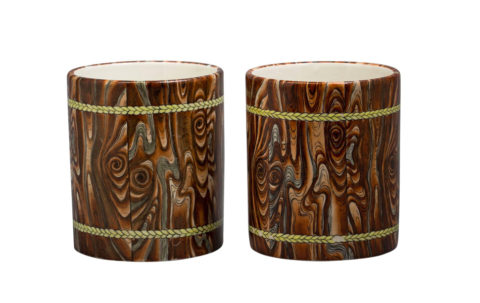
April 18, 2016In Styling Nature, New York–based floral designer Lewis Miller and photographer Don Freeman capture 100 of Miller’s signature arrangements. Top: Lilacs, campanulas, Pieris japonica, rhododendrons, tulips and Trifolium rubens in a galvanized-metal vessel. All photos by Don Freeman
It’s one of those inspiring American stories: country boy born and raised in a farming community in California’s Central Valley, good at flower arranging but with no formal training, comes to New York at the age of 24 to seek his fortune. Today, 16 years later, Lewis Miller, founder and head of Lewis Miller Design, is one of the most sought-after floral designers in the city, with a loyal clients roster of celebrities and affluent New Yorkers (whom he discreetly declines to name).
Now, with his friend the photographer Don Freeman, he has published Styling Nature (Rizzoli), a delicious excursion through a dazzling array of almost 100 different flower arrangements he has perfected over the years.
It’s very much a hands-on business, and Miller is constantly on the move, dealing with every detail that goes into event preparation. Nonetheless, he found the time to talk to Introspective about his new book and his flourishing career.
It is hard to believe you had no formal training in the art of flower arranging. How did you begin your professional journey?
I come from a family of gardeners, and from childhood, I loved to fill the house with roses. It was always something fun to do. When I was eighteen, what started out as a summer job, gardening at a golf club in Seattle, led by a stroke of great luck to doing all the flower arranging. For the next three years, this was where I learned my trade, made my mistakes and discovered my style. Next, I started my own business with a friend — the high point was a New Year’s party for Bill Gates — and then New York was the logical next step, even though I had never before set foot in the city.
Did you start your own business right away?
Oh, no. I pounded the pavement, and my first job was head designer at [the highly regarded floral and event-design firm] Belle Fleur, doing weddings and call-in orders. It took two years to get my own business going. I set up shop in the East Village in 2002, and my studio is still under the very same roof. It’s fair to say that the neighborhood and I have done our growing up together.
How would you describe your style?
I’ve always been attracted to a sumptuous, overblown look — and I love dense, heavy arrangements full of movement. I like playing with rules of proportion so that a container looks as if it might collapse under the weight of the flowers. I don’t like anything stiff, but I love to get a certain edge into my work. I will do minimalist modern flower arrangements, but they would not be my first choice. Having said that, however, my book is about a wide range of styles, shapes and textures. I do not forage in the woods or have secret, exotic flower sources. All the flowers I use can be found in local flower markets, and I’m still out there on my bike at least three days a week, getting to the market around six thirty in the morning.
How important is the container to an arrangement?
Absolutely critical. I’m always on the lookout for interesting containers and love the look of pottery and something old. I visit flea markets, check out second-hand stores, and I frequently troll Ebay and, of course, 1stdibs. Twice a year, I try to get to the Maison & Objet show in Paris. I particularly love to use urns — their shape is very satisfying and works perfectly with flowers that trail and fall.
Do you have a favorite flower?
I love flowers that droop and flow — sweet peas, hellebores and passionflowers. But having grown up with roses, they are what I love the most. A big, old, floppy pink cabbage rose is my all-time favorite flower. It’s irresistible. What do I dislike? I have to admit that Easter lilies gross me out!
Has your business changed over the years?
Well, it’s grown. No more call-in orders these days, and I now have ten full-time staff members and six part-time employees. I also have a pool of freelancers I can bring in for a particularly big job, such as a huge wedding that I recently did in the South of France, for which I flew in 30 people. I certainly do more travel now, and my business is nearly all weddings, parties, birthdays and some corporate events. It’s strange, but I guess I’m now considered one of the old guys in the business. And that’s why it made sense to finally do a book.
PURCHASE THIS BOOK
or support your local bookstore
